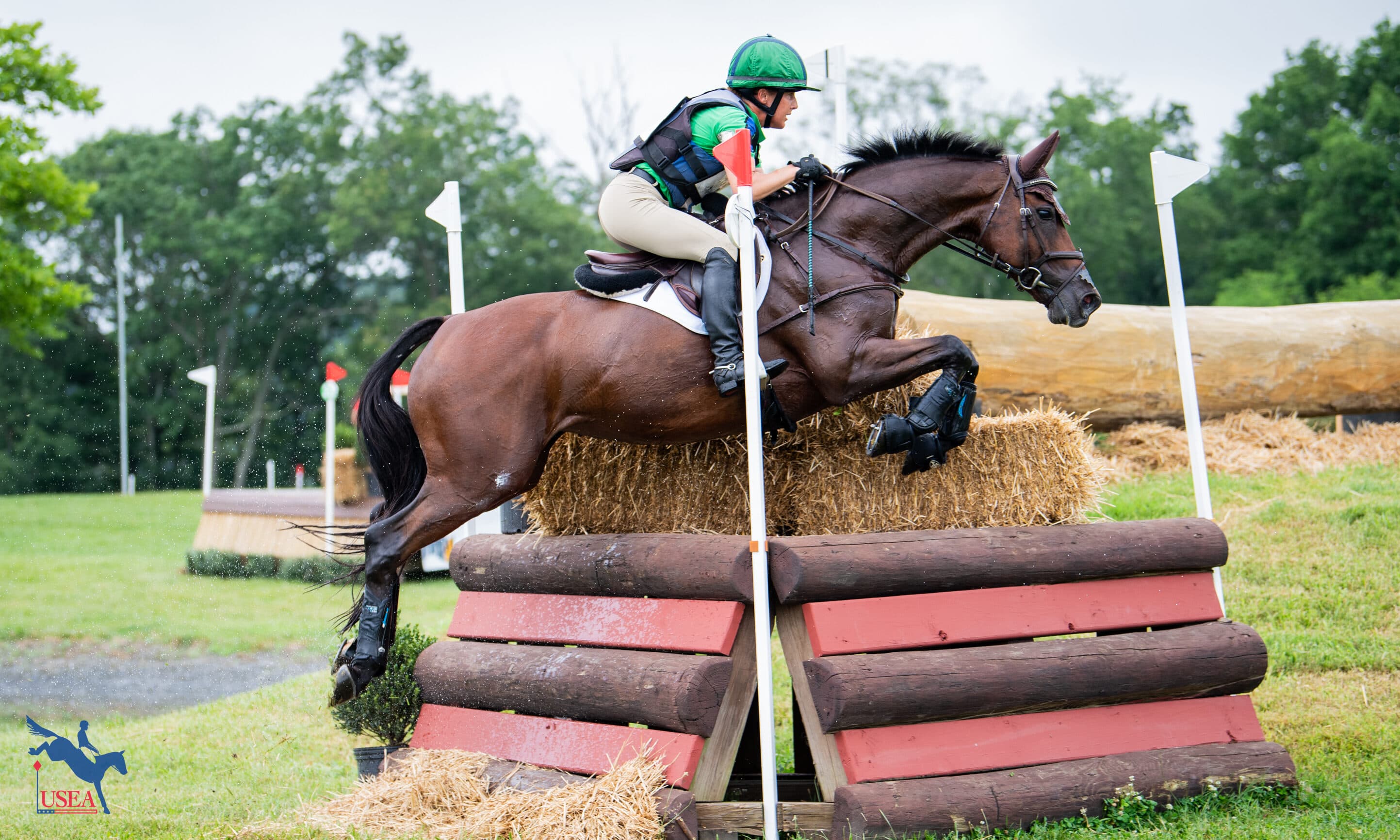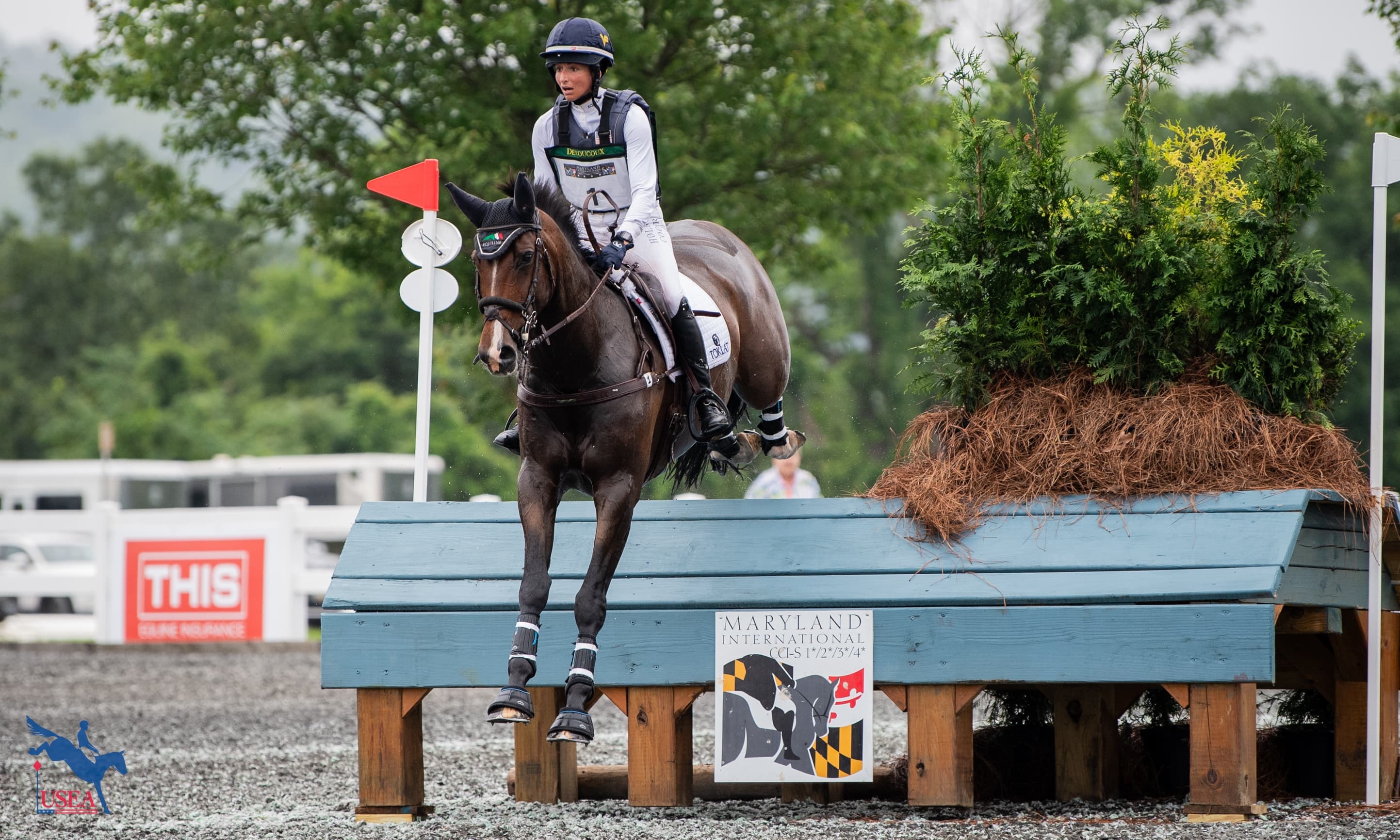Pressure Proof Tip with Daniel Stewart: The Trauma and Drama of Riding

Last month we began a series of Pressure Proof tips dedicated to fear and discussed the idea of building a fear-a-myd: a series of fears (from least to greatest) written in the form of a pyramid. We then talked about creating a second pyramid containing of a series of strategies that can help us overcome those fears. In the end, we discovered the using our pyramid can actually help us overcome our fear-a-myd.
We’ll continue that conversation this month by discussing two different kinds of fears and another interesting way of overcoming them. While it might seem like there’s no end to the vast number of fears, they can actually all be divided into two simple categories: Ration and Irrational.
When it comes to categorizing fears, it’s important to remember that the job of a fear is to act as an alarm that directs our attention towards things that can hurt us (like the kitchen smoke alarm I mentioned in my last tip). With this in mind, rational fears are those that sound the alarm in the event that something threatens our safety or well-being. For example, if a rider was injured due to her horse spooking at a tractor, she may develop a fear of tractors. That’s understandable. That makes good sense… that is rational.
Irrational fears on the other hand, are those that sound the alarm, but aren’t actually associated with anything that threatens our safety or wellbeing. A fear of failure, fear of embarrassment or a fear of spectators are three common irrational fears. Yes, the alarm is sounding, but it’s not actually protecting us from anything that can hurt us. It’s only protecting us from our own misbehaving egos. That doesn’t make any sense; that's why these fears area called irrational.
In general terms, rational fears are typically triggered by some form of trauma, unlike irrational fears which are usually triggered by some form of drama (like making a mistake). I like to summarize the kinds of trauma that sound the alarm of a rational fear as past, pace, and predictable. For example, the memory of a past fall, a fast-paced runaway horse, or an unpredictable spook are all very rational reasons for an alarm. When it comes to irrational fears, however, I like to summarize the drama that sounds these alarms as failure, focus and future. For example, the fear of failure, the fear of riding while judges or crowds focus on us, and the fear of losing at a future show are all reasons that feel quite dramatic, but don’t actually fulfill the true definition of fear.
Now that we know more about the different fears, let’s talk about another way to overcome them. The good news is that both fears respond very well to a technique called flooding. Flooding occurs when we identifying a fear and then immerse (flood) ourselves in that fear until it stops bothering us. For example, a rider who's afraid of riding in front of a crowd would simply ride in front of crowds until it stopped bothering them. Likewise, the rider who developed the rational fear of tractors would simply walk her horse past a few more of them, and the alarm would slowly begin to quieten.
This is the same technique used when people who fear snakes or flying immerse themselves in a room with a snake or lock themselves into the cabin of an airplane. The quote, “If you dread it, do it” is often used to describe flooding.
In last month’s tip we discussed using a different technique called desensitization to overcome fears. Desensitization is a similar, more user-friendly version of flooding because we slowly expose ourselves to our stressors instead of all-at-once flooding ourselves with them. Regardless of which route you take, they’ll both lead you to a place where the fears feel much more manageable… and possibly even disappear altogether!
There is, however, one important rule when it comes to flooding (and desensitization): When we flood ourselves with a stressors we must “win" that experience. For example, if someone tries to overcome a fear of snakes by locking themselves in a room with snakes; they can’t get bit while in that room (and the rider with a fear of tractors can’t get run over by one!). That would only amplify the fear, but if they can leave that room and pass that tractor unscathed they’ll both create a new sense of self-belief that will ultimately quieten the alarm.
I hope you enjoyed this month’s Pressure Proof tip and are looking forward to my next tip on fears. Also, If you’re a visual learner and would like to take my Summer of Psychology online equestrian sport psychology course (30 videos, pdf’s and short quizzes) just let me know. It’s half-price for the month of July, and I’m certain you’d enjoy it. For more info just email me at [email protected].














